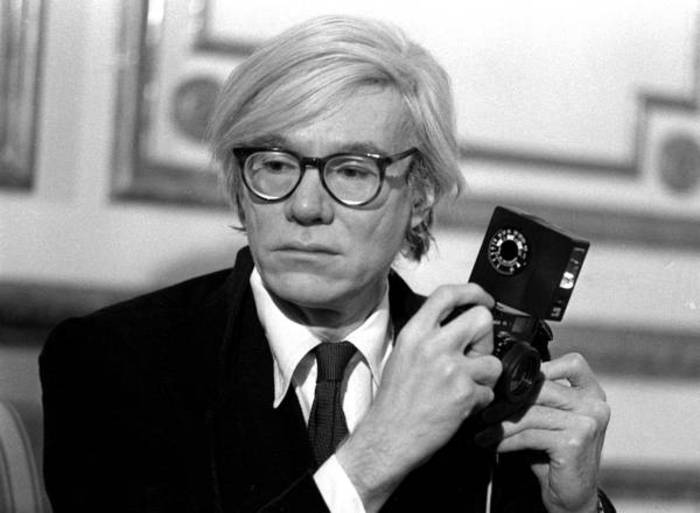In a decision with important repercussions on artistic creativity, the Supreme Court ruled that Andy Warhol could not freely draw on the portrait of Prince taken in 1981 by photographer Lynn Goldsmith when in the mid-eighties he created one of his most famous series. The judges have thus limited the scope of fair use, a legal institution that regulates, under certain conditions, the right to use copyrighted material for information, criticism or teaching purposes, without asking permission or paying royalties. The vote was seven against two.
"Goldsmith's original work, like that of other photographers, has the right to be protected even against famous artists," Justice Sonia Sotomayor ruled in the majority opinion. Colleague Elena Kagan replied in the minority opinion joined by the Chief Justice of the Court, John Roberts: "The decision will make the world poorer. It will stifle creativity. It will prevent new artistic, musical and literary creations, the expression of new ideas and the achievement of new knowledge".
Goldsmith was famous at the time for her photos of rock stars. Prince was an up-and-coming musician and she, on Newsweek's behalf, brought him into her studio with purple eyeshadow and lipstick to accentuate his androgynous sensuality. In 1984, around the release of Purple Rain, Vanity Fair commissioned Warhol to write an image to accompany an article entitled Purple Fame. The magazine paid Goldsmith $400 for the rights to the portrait, making the fee conditional on the one-off use of the article.
In a series of 16 images the artist altered the black and white photo in various ways, cutting and coloring it: one of these accompanied the article Purple Fame. Warhol died in 1987 and the Foundation that bears his name argued that the transformations made to the portrait justified his "fair use". But then at the death of Prince in 2016 Conde Nast, on which Vanity Fair depends, published a special issue on the musician. He paid the foundation over $10,<> to use a different image from the series, the one titled Orange Prince, on the cover. Goldsmith, who had not received any kind of compensation or recognition, sued. The lawsuit centered on whether or not Warhol had turned the photo. The judges in Washington ruled that a work is "transformative" if it "adds something new, with an ulterior purpose, altering the former with a new expression, meaning or message." In the case of Prince's image, Sotomayor wrote, there was no difference: the purpose was in both cases commercial, as images intended for magazines, Newsweek that of Goldmith, Vanity Fair the Warhol version.

